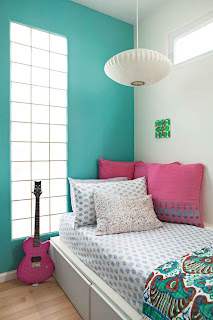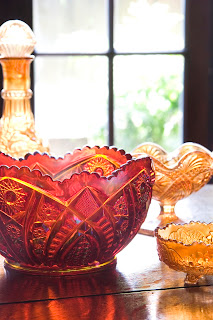 If you’ve seen BBC’s 2001 miniseries Victoria and Albert, their 1975 miniseries Edward the King, or GK Films’ 2009 film The Young Victoria, you have an idea about how ritually complex the business of mourning was in 19th century Britain and America. Following the death of Prince Albert in 1861, Queen Victoria mourned him for 40 years until her own death—and her own subjects followed suit. The rituals and complexities of mourning dress in England went through all levels of society; widows were expected to adhere tightly to mourning fashion and social constraints.
If you’ve seen BBC’s 2001 miniseries Victoria and Albert, their 1975 miniseries Edward the King, or GK Films’ 2009 film The Young Victoria, you have an idea about how ritually complex the business of mourning was in 19th century Britain and America. Following the death of Prince Albert in 1861, Queen Victoria mourned him for 40 years until her own death—and her own subjects followed suit. The rituals and complexities of mourning dress in England went through all levels of society; widows were expected to adhere tightly to mourning fashion and social constraints.Mourning clothing of the upper class showed a woman’s wealth and respectability. Though the cost of a mourning wardrobe was of no consequence for the socially elite, women of the middle and lower classes had to struggle to appear fashionable. To adhere to the all-black rule, they would dye their clothing black for the mourning period of twelve months, then bleach them white after the year had ended.
Believe it or not, that mourning period could last even longer, with clearly defined stages that could drag out for more than two years! For the first year, she was in full mourning and as such would wear dull-surface black clothing, such as the dress I have included above. A weeping veil made of black crepe was an essential part of this ensemble. During the first year of mourning, a widow’s activities were also restricted, and she was only to go out of her home to attend religious services.
After the first year, a widow entered second mourning, which lasted another full year. During this time, a veil no longer had to cover the face, and the black clothing could be trimmed in lace and ribbon. The final stage, half mourning, lasted from three to six months. Color was introduced into clothing and jewelry. Acceptable colors included burgundy, gray (hardly a color, right?), lavender, mauve and purple, as seen in the dress above.
In Victorian England, these mourning rituals stayed firmly in place until Queen Victoria’s passing. With the introduction of the Edwardian era, fashion and societal rules about mourning were greatly eased. Then World War I forever changed a woman’s role in British society; ironically, while women across the world grieved together for husbands and sons who died on the front, the social requirement for women to publically display their grief vanished.
Today, the tenants of Victorian mourning are often viewed as harsh and impractical. Once an integral part of life in the 19th century, mourning clothing is now highly sought after by collectors and museums.





